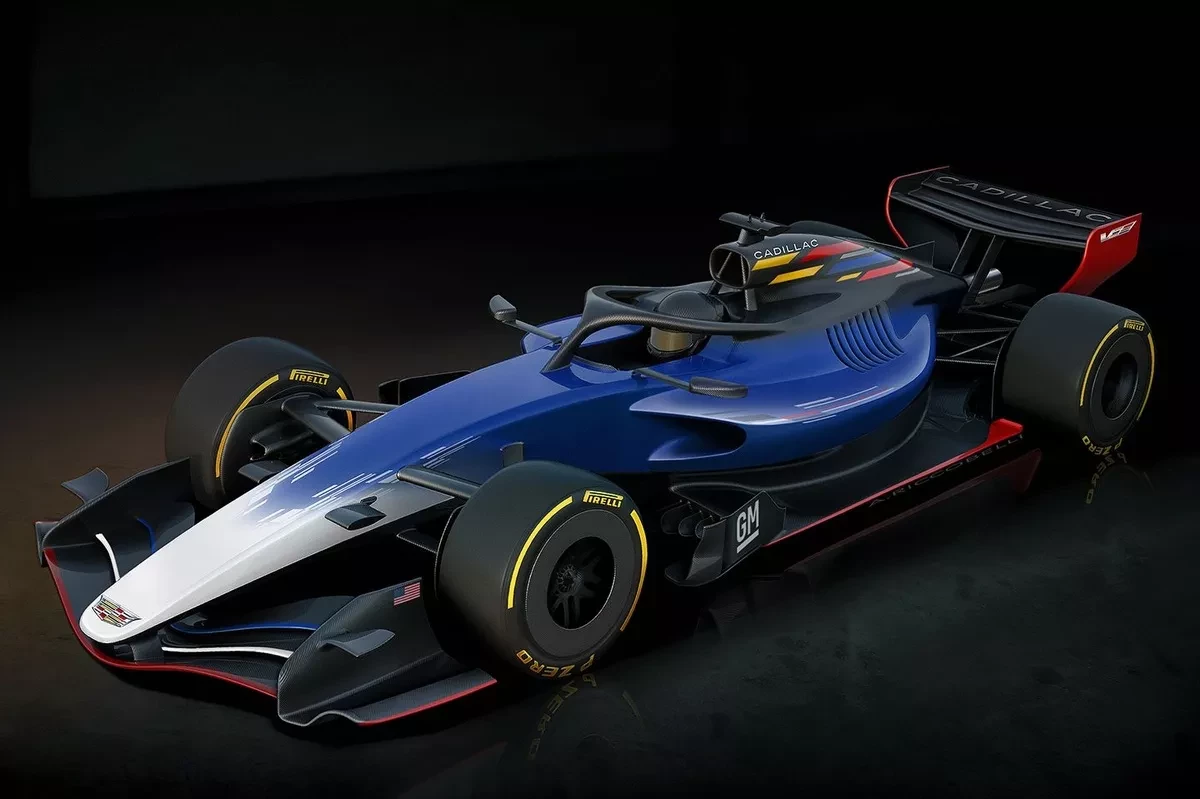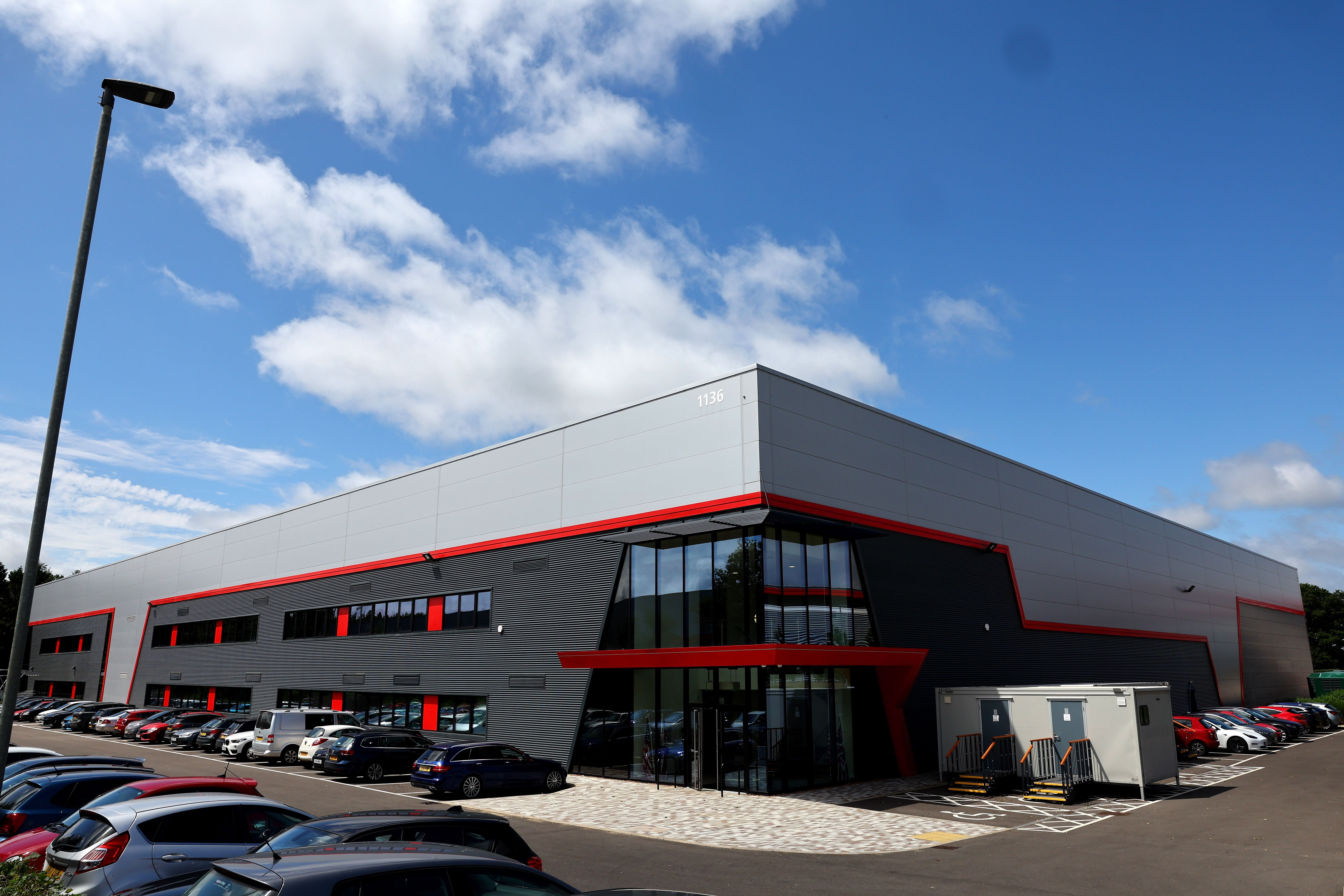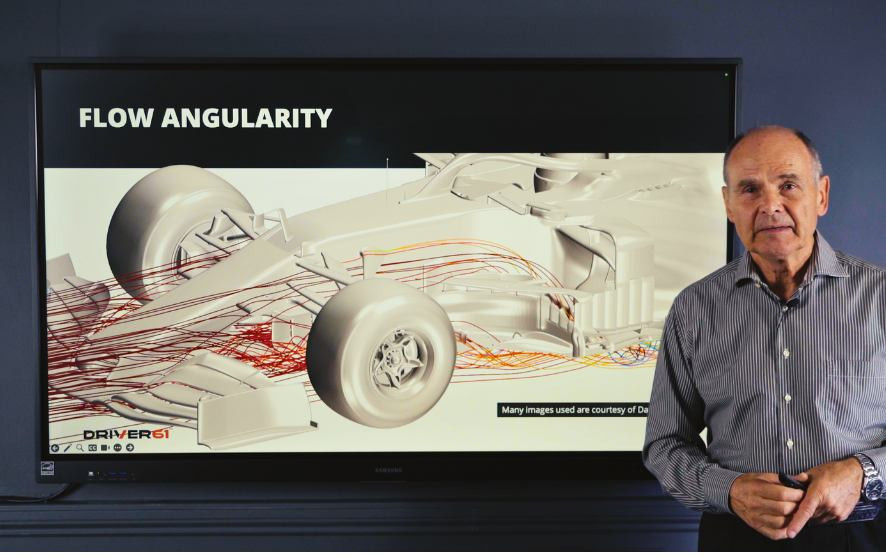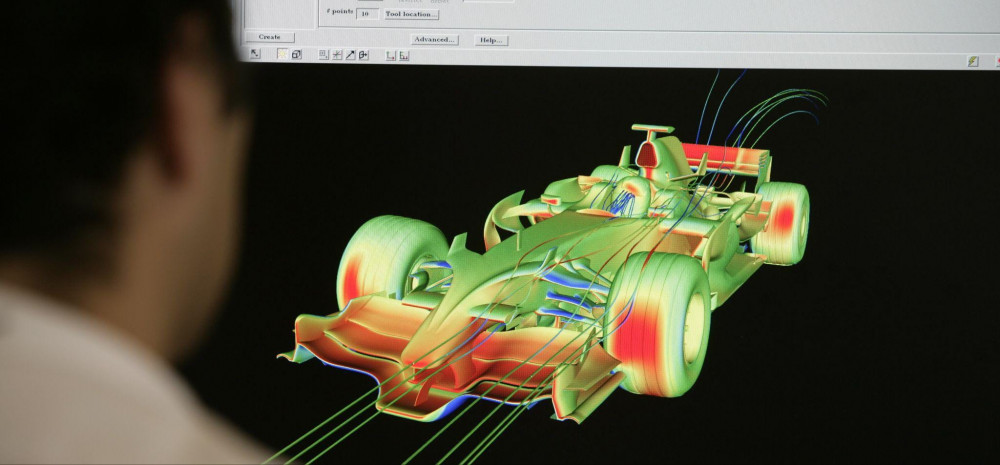General Motors didn't just buy its way into Formula 1 - they're rebuilding American F1 participation from the ground up. Our analysis of their hiring strategy reveals the true scale of their $450 million ambition and what it really takes to crack the world's most exclusive motorsport club.
With 25 active job postings (and 94 placed in the past few months), 400 staff already at Silverstone, and a $150 million multi-facility operation spanning two continents, the Cadillac Formula 1® Team represents the most aggressive new entry attempt in F1's modern era.
But behind the headlines and marketing promises lies a fascinating story told through data: how do you build a championship-calibre F1 team from absolute zero?

The Cadillac F1 concept car represents America's most ambitious Formula 1 project - Image: Cadillac F1 Team
The Numbers Don't Lie: $450M Buys You This
When the FIA confirmed Cadillac's entry in March 2025, the $450 million anti-dilution fee grabbed headlines. But that's just the entry ticket. Our analysis reveals the true financial commitment:
This puts Cadillac's investment at roughly three times Haas F1's total startup costs in 2016, adjusted for inflation. The scale signals serious championship intentions, not a marketing exercise.
Decoding the Hiring Strategy: What Job Posting Data Reveals
The most telling indicator of Cadillac's true technical strategy isn't their press releases, it's their recruitment patterns. Our comprehensive analysis of their current active job postings reveals a team building for long-term competitiveness, not quick grid-filling.

The Cadillac F1 team is building both cutting-edge technology and an inclusive culture - Image: Cadillac F1 Team
The Technical Stack: Where They're Investing
The aerodynamics hiring surge is particularly revealing. With 15+ aero-focused positions, including specialised wind tunnel model systems engineers, Cadillac is building capabilities that typically take established teams years to develop. This suggests they've learned from other new entrants' struggles with aerodynamic competitiveness.

Aerodynamics development is crucial to F1 success, with Cadillac investing heavily in this area - Image: Cadillac F1 Team
The Technical Requirements Tell a Story
Digging deeper into job specifications reveals Cadillac's technical philosophy. The repeated emphasis on C#, Python, and SQL across engineering roles indicates a data-driven approach that mirrors Mercedes and Red Bull's analytical advantages.
Senior Vehicle Performance Engineer roles specifically require "Atlas, RaceWatch, SQL, DataBricks" experience - the same tools championship-contending teams use.
More tellingly, manufacturing roles emphasise both composite and metallic expertise. While most new teams rely heavily on supplier networks, Cadillac appears determined to bring critical manufacturing in-house from day one—a strategy that typically indicates serious long-term championship ambitions.
Bottas & Pérez: The Driver Development Dream Team
The August 2025 driver announcement surprised many who expected at least one American driver. But the data reveals why Cadillac prioritised experience over nationality:

This combined experience represents roughly 13 full seasons' worth of race weekends and development feedback. For a new team facing the steepest learning curve in motorsport, that institutional knowledge is invaluable.
Bottas brings specific insight into Mercedes' methodical approach to car development and their championship-winning processes. Pérez contributes Red Bull's aggressive development philosophy and experience with their dominant 2022-2023 machinery. Together, they provide a reference framework that would take a rookie lineup years to develop.
The Ferrari Engine Gambit: Smart Strategy or Stopgap?
Cadillac's decision to use Ferrari power units through 2029 while developing their own engines reveals strategic thinking that goes beyond mere expedience. The numbers tell the story:
- Ferrari Customer Success: Haas scored points in their debut season using Ferrari power, proving customer engines can be competitive immediately
- Development Timeline: GM's 2029 works engine target allows six years of F1 learning before going fully independent
- Cost Management: Customer engines cost roughly $15-20 million annually vs $100+ million to develop proprietary power units
- Resource Allocation: Focusing on chassis development initially maximises competitive impact
The $150 million investment in Charlotte's engine facility demonstrates this isn't a permanent arrangement. GM Performance Power Units LLC already has 50+ staff working on 2029-spec power unit development, with plans for 300-350 total employees by factory opening.
Multi-Continental Challenge: The Apollo Project Approach
Perhaps Cadillac's biggest technical challenge isn't building a fast car, it's coordinating development across four facilities on two continents. Team Principal Graeme Lowdon's solution borrows from NASA's Apollo programme management structure.
Current operational breakdown:
- Silverstone, UK (400 staff): Race operations, aerodynamics, immediate car development
- Fishers, Indiana (Under construction): Primary manufacturing hub, chassis production
- Charlotte, North Carolina (50+ staff): Power unit development, engine testing
- Warren, Michigan: GM technical integration, advanced materials research
This distributed model is unprecedented in modern F1. Even Mercedes, with factories in multiple countries, centralises racecar development. Cadillac's approach necessitates sophisticated project management and communication systems that most F1 teams never need to develop.

Advanced manufacturing capabilities are essential for competitive F1 operations - Image: Cadillac F1 Team
Championship Prospects: The Reality Check
Historical data provides sobering context for Cadillac's championship timeline expectations. Analysis of new team performance since 2010 reveals patterns that even unlimited budgets struggle to overcome:
However, Cadillac enters F1 during a unique regulatory reset. The 2026 technical regulations represent the most significant changes since the hybrid era began in 2014. Key advantages for new entrants:
- Aerodynamic Clean Slate: All teams start from zero with active aerodynamics
- Weight Reduction: 30kg lighter cars level some playing fields
- Power Unit Changes: Increased electrical power creates new optimisation opportunities
- Sustainable Fuels: 100% sustainable fuel mandates affect all teams equally
Realistically, championship competitiveness remains 3-5 years away. But unlike previous new entrants, Cadillac's resource commitment and technical approach suggest they're building for that timeline rather than hoping for immediate success.
The Salary Investment: Paying Championship Wages
Our analysis of Cadillac's job postings reveals salary ranges that exceed many established F1 teams. Senior engineering positions command $120,000-$160,000+ annually, with leadership roles reaching $200,000+. This premium pricing strategy indicates a serious commitment to attracting proven talent rather than developing rookies.
The Charlotte engine facility alone promises 350 jobs paying $100,000-$125,000—nearly double the local average salary. This aggressive compensation approach mirrors Red Bull's successful talent acquisition strategy during its championship-winning period.
Looking Ahead: America's Return to F1
Cadillac's approach differs fundamentally from previous American F1 efforts. Where past attempts relied on existing structures or partnerships, GM is building comprehensive infrastructure designed for sustained championship competition.
The key indicators suggesting genuine championship potential:
- Financial Commitment: $725+ million investment exceeds most established teams' annual budgets
- Technical Approach: In-house capabilities and data infrastructure match championship teams
- Timeline Strategy: 2026-2030 development plan acknowledges realistic championship timelines
- Talent Acquisition: Premium salary structure attracts proven championship-level expertise
The 2026 regulations provide a once-in-a-decade opportunity for ambitious new entrants. Combined with GM's industrial capabilities and Cadillac's luxury brand positioning, this represents American motorsport's most credible F1 championship challenge since Ford's GT40 programme.

The countdown to 2026 is on as Cadillac prepares for its F1 debut - Image: Cadillac F1 Team
Cadillac isn't just joining F1—they're betting three-quarters of a billion dollars that American engineering can crack the world's most exclusive motorsport club. The hiring data, facility investments, and strategic choices suggest they understand exactly what that requires. The grid awaits America's most ambitious motorsport gamble.
For those interested in joining this historic venture, explore current opportunities at the Cadillac F1 Team careers page.




